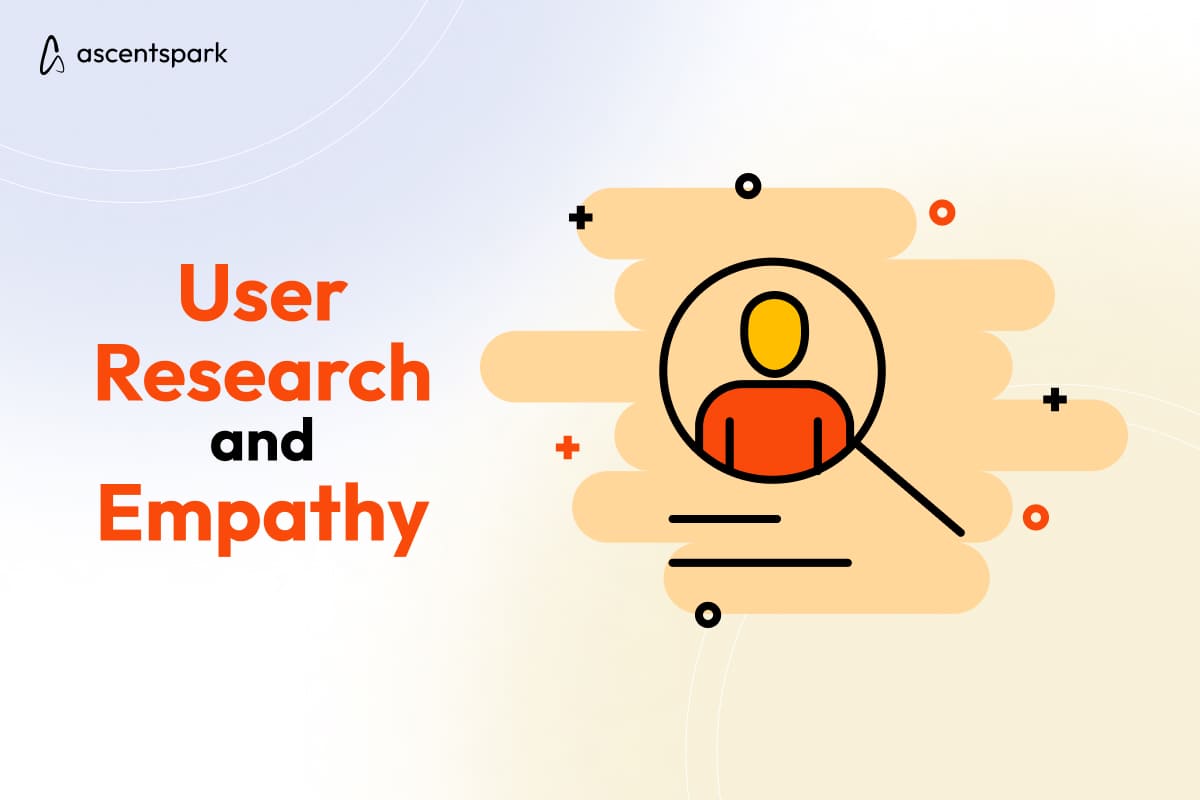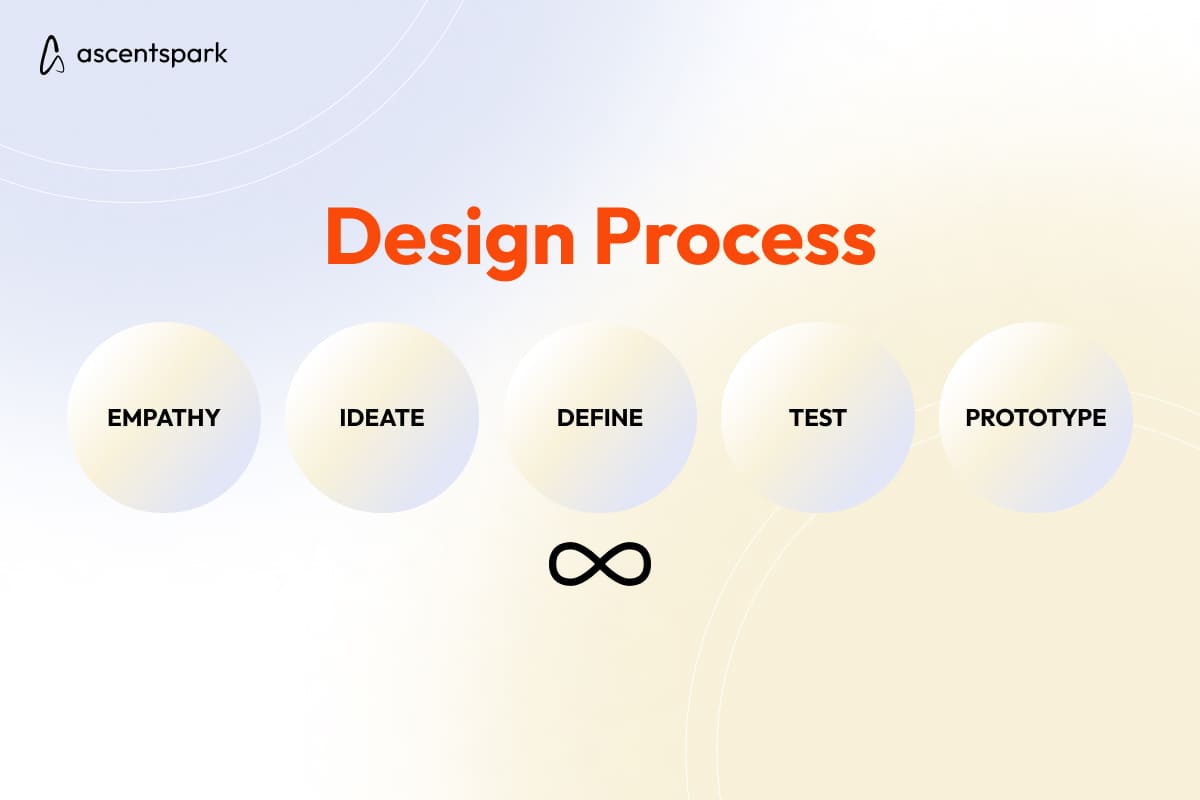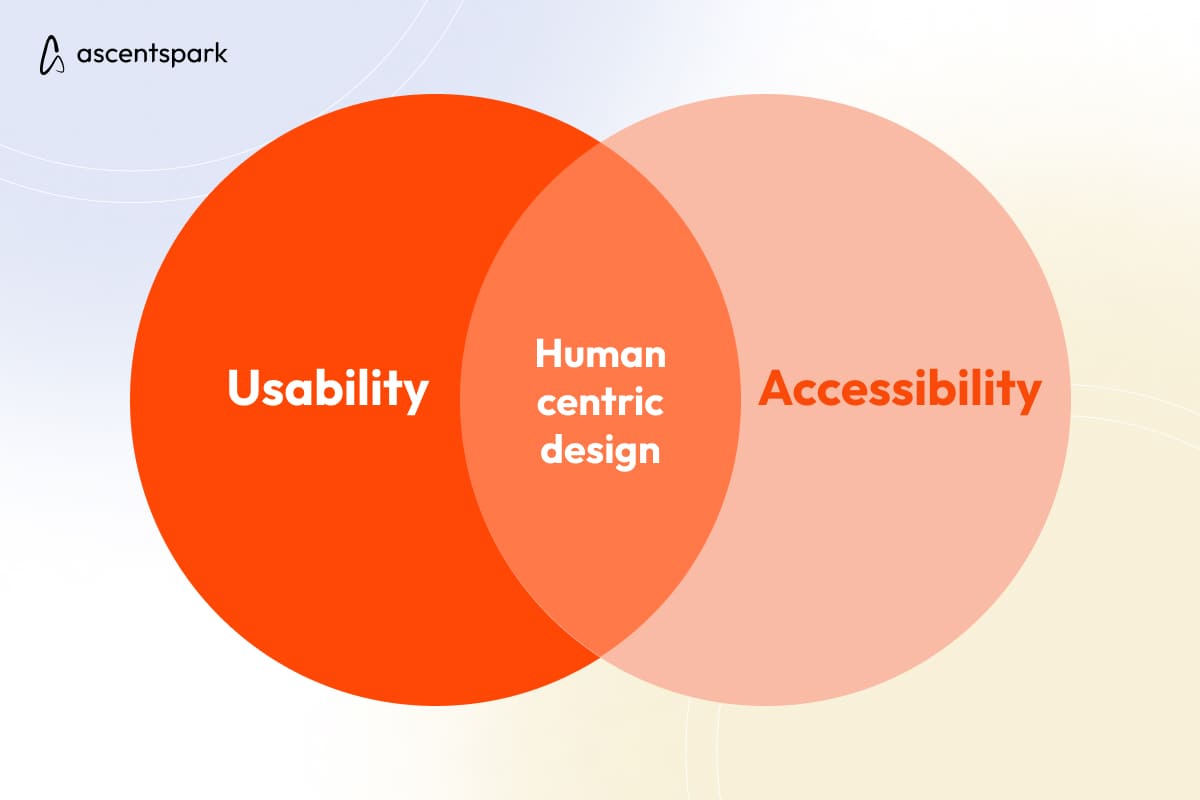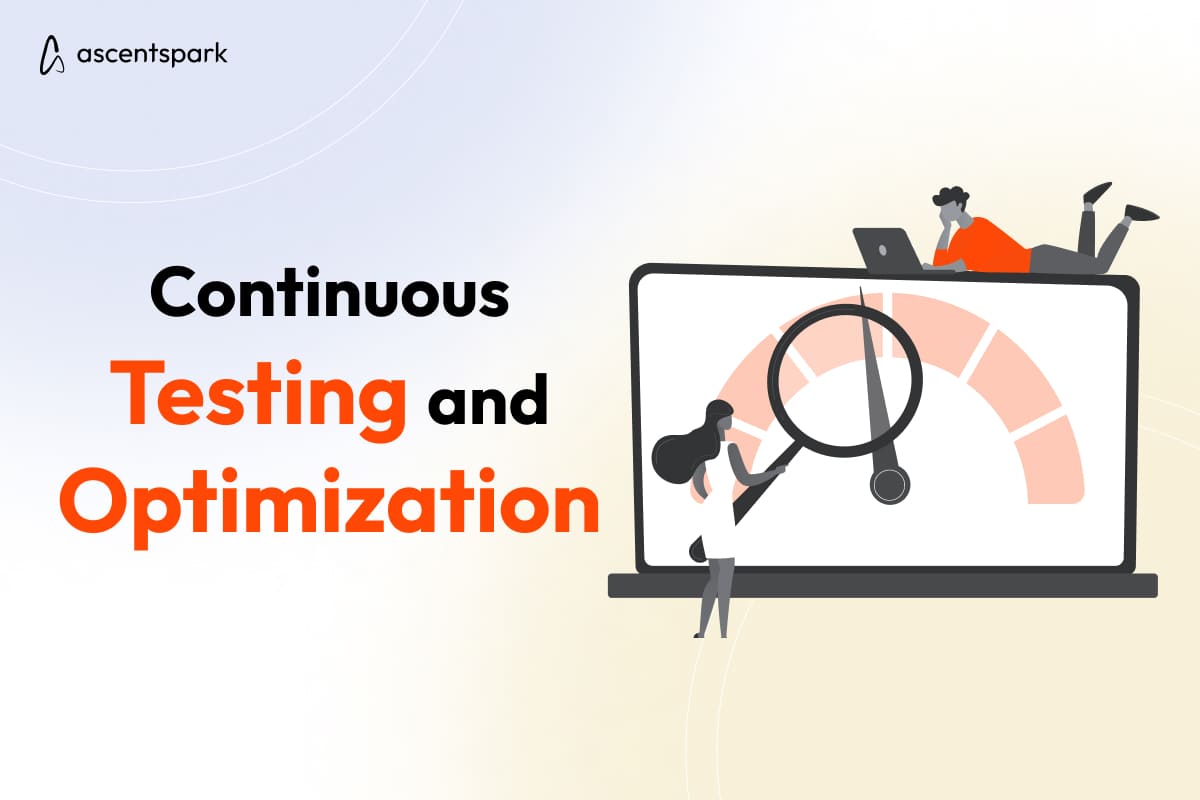In today's rapidly evolving digital landscape, businesses must adapt to technological changes to stay competitive. Digital transformation is a crucial step for organizations looking to leverage technology to enhance their operations, improve efficiency, and drive growth. However, in the midst of this transformation, it is essential to prioritize the needs and preferences of customers. This is where user-centric design comes into play.
User-centric design is an approach that focuses on understanding and meeting the needs of users throughout the entire design process. It involves gathering insights, conducting research, and empathizing with users to create products and experiences that align with their goals and expectations. When applied to digital transformation, user-centric design ensures that technology solutions are not only efficient and effective but also meaningful and engaging to customers.
Why is User-Centric Design Important in Digital Transformation?




How user centric design puts customers at the heart of the business?
Putting customers at the heart of business is crucial for organizations to thrive in today's competitive landscape. In a rapidly evolving digital world, where customers have more options and higher expectations than ever before, businesses must prioritize customer-centricity in their operations.
One key aspect of putting customers at the heart of business is understanding their needs, preferences, and pain points. This requires gathering data through various channels such as surveys, interviews, and social media monitoring. By gaining insights into customer behavior and expectations, businesses can tailor their strategies to effectively meet those needs.
Customer-centric businesses use this data to create personalized experiences that resonate with their target audience. This can include personalized product recommendations, targeted marketing campaigns, and customized user interfaces. By delivering tailored experiences, businesses can enhance customer satisfaction and loyalty, ultimately leading to increased sales and revenue.
In addition to personalization, businesses must also focus on providing seamless, intuitive, and user-friendly digital experiences. This means investing in user interface design, optimizing website and app performance, and ensuring responsive design across different devices. By prioritizing usability, businesses can reduce friction in the customer journey and enhance overall satisfaction.
Moreover, customer feedback is invaluable in building a customer-centric business. Actively seeking and listening to customer feedback helps businesses identify areas for improvement and innovation. It allows them to address pain points, refine their products or services, and stay ahead of the competition. This customer feedback loop should be an ongoing process, enabling continuous improvement and adaptation to changing customer needs.
Businesses that prioritize customers at the heart of their digital transformation efforts are better positioned to succeed in today's competitive landscape. By understanding customer needs, personalizing experiences, focusing on usability, and incorporating customer feedback, businesses can create sustainable growth and build long-term relationships with their customers.
Customer-centricity is not just a strategy; it is a mindset that should guide every aspect of the business.
Do you want to stay ahead of your competition with a user centric approach and transformation?
Ascentspark Software is here to help you with an extensive team that specializes in Digital Transformation from all aspects while putting customers at the heart of your business. We are here to provide you with the best Digital transformation solutions among several Digital transformation services companies.
Connect with us on https://www.ascentspark.com/contact and reap the benefits of Digital Transformation in the changing era.
For more information, visit - https://www.ascentspark.com/solutions/digital-transformation